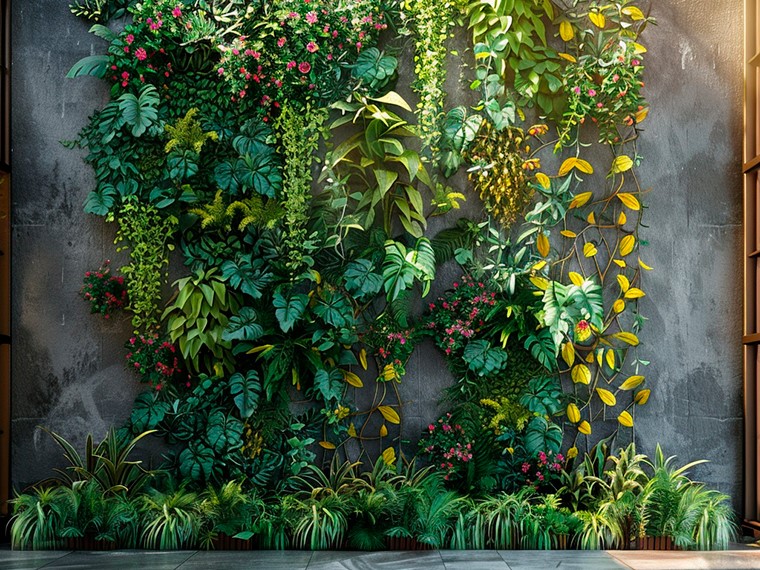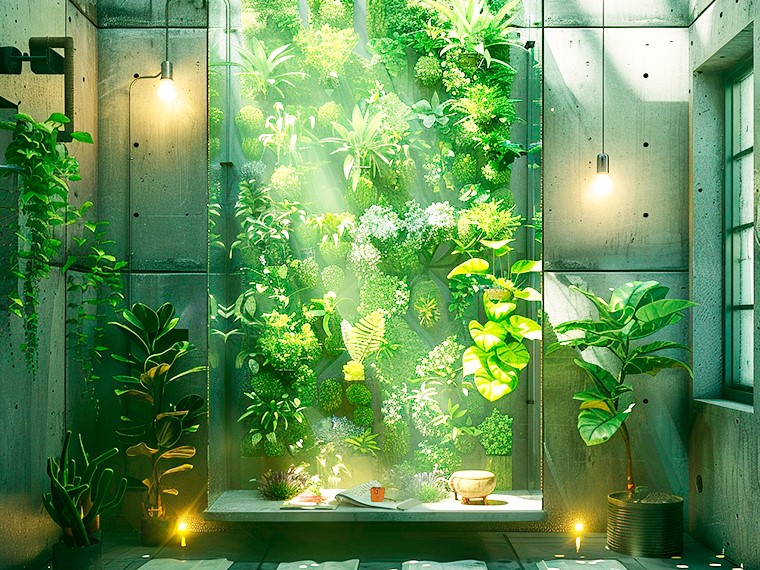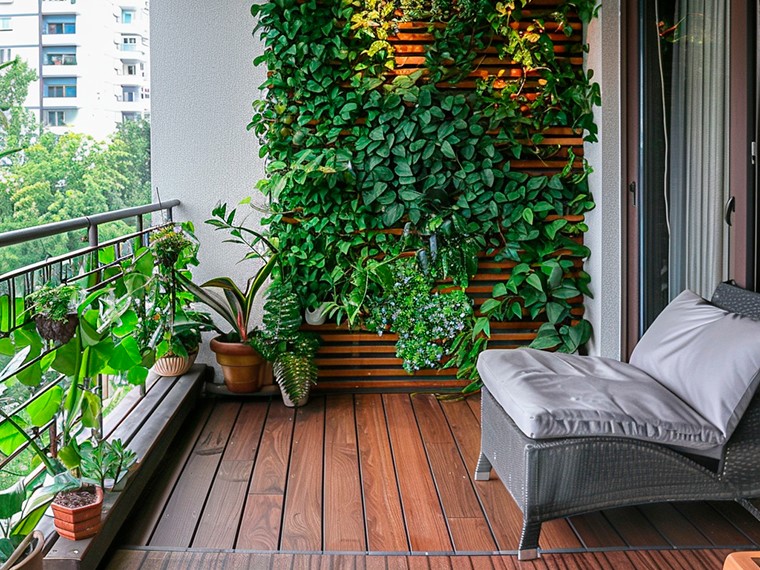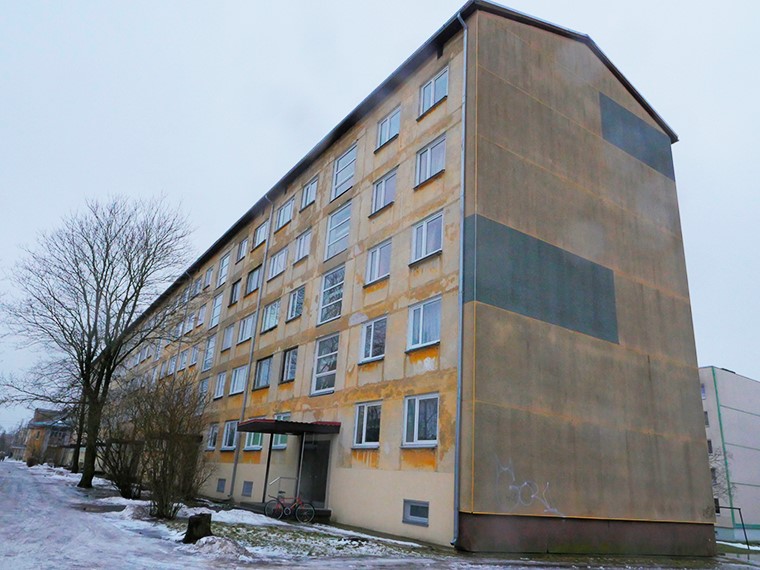Environmental Trends in Construction: Green Walls, Smart Lighting, Wind Power Generation
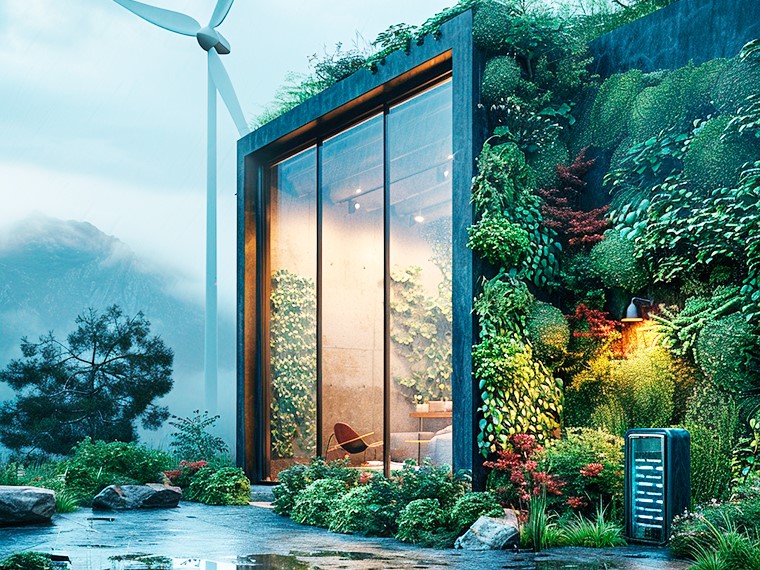
Environmental Trends in Construction: Green Walls, Smart Lighting, Wind Power Generation
The construction industry is undergoing a transformational shift towards sustainable development, driven by the need to mitigate the effects of climate change and minimize environmental impact. This article explores three key ecological trends in construction: green walls, smart lighting, and wind power. These trends showcase innovative approaches that enhance energy efficiency, improve indoor air quality, and utilize renewable energy sources, contributing to a more sustainable and eco-friendly built environment.
Green Walls: Bringing Nature into Urban Spaces
1.1. Benefits of Green Walls: Also known as vertical gardens or living walls, green walls offer numerous benefits such as air quality improvement, temperature regulation, noise reduction, and aesthetic appeal. They enhance biodiversity, reduce the urban heat island effect, and provide insulation, thereby increasing energy efficiency.
1.2. Design and Construction: Green walls require careful consideration of factors such as irrigation systems, plant selection, structural support, and maintenance requirements. Various systems, including modular panels and hydroponic setups, provide flexibility and ease of installation.
1.3. Integration into Buildings: Green walls can be incorporated into both interior and exterior spaces, including facades, atriums, and office interiors. Their integration strengthens biophilic design principles, creating a healthier and more inspiring environment for occupants.
Smart Lighting: Efficiency and Comfort in Illumination
2.1. Energy-Efficient Lighting Systems: Smart lighting technologies, such as LED fixtures and advanced control devices, significantly reduce energy consumption compared to traditional lighting systems. They offer flexible lighting scenarios, dynamic adjustment of illumination levels, and efficient management through sensors and automation.
2.2. Daylight Harvesting: By integrating sensors and automated controls, smart lighting systems optimize the use of natural daylight. They adjust the level of artificial lighting based on available natural light, reducing energy consumption and creating more comfortable and productive spaces.
2.3. Human-Centric Lighting: Smart lighting systems can mimic natural lighting conditions, promoting well-being and productivity. Adjustable white light with tunable color temperatures can support circadian rhythms and improve sleep patterns.
Wind Power: Harnessing Renewable Energy Sources
3.1. Wind Energy Utilization: Incorporating wind turbines into building designs or nearby structures allows for the generation of clean, renewable energy. Turbines with vertical axes and rooftop installations are suitable for urban conditions and promote local energy production.
3.2. Considerations and Integration: Wind power requires careful site assessment considering wind characteristics, structural implications, noise, and aesthetics. Integrating wind turbines with other sustainable technologies, such as solar panels, fosters a holistic approach to renewable energy production.
3.3. Community Benefits: Wind power projects not only contribute to energy self-sufficiency but can also feed excess power back into the grid, supporting local energy networks and reducing dependence on fossil fuels.
Ecological trends in construction, including green walls, smart lighting, and wind power, exemplify the industry's commitment to sustainable development. These trends address key issues such as energy consumption, indoor air quality, and renewable energy generation, paving the way for a more eco-friendly and sustainable built environment. By adopting these trends, construction methods can minimize environmental impact, enhance occupant well-being, and contribute to a sustainable future.


